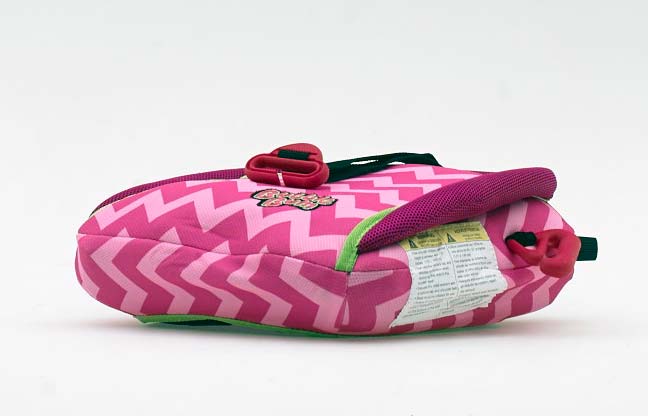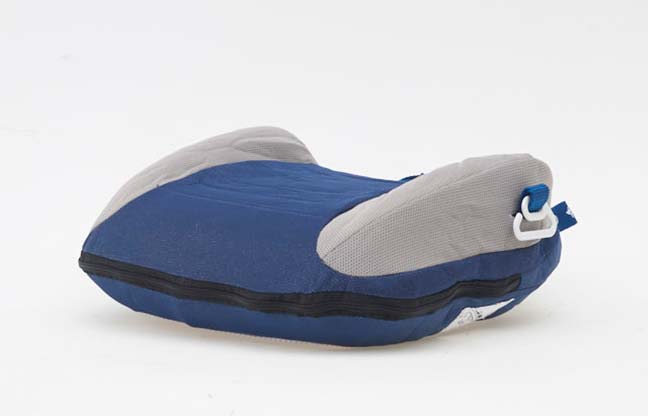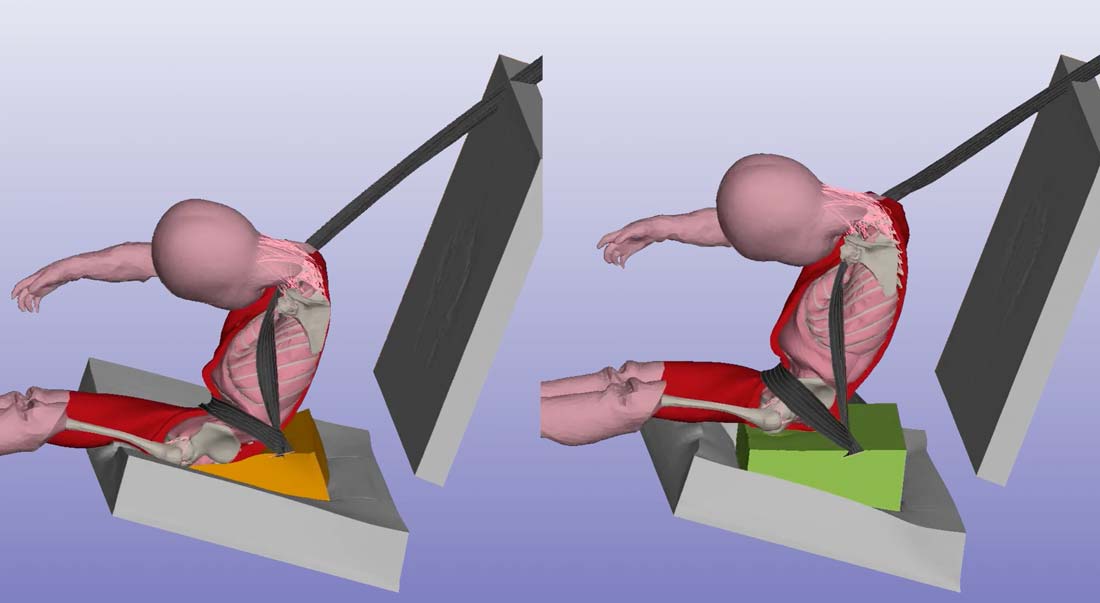New research raises questions about inflatable booster seats
February 1, 2022

A recent study using a computer model of a 6-year-old child provides new insight into what makes an effective booster seat. One thing that seems to be important: adequate stiffness.
The new information requires further study but is enough to prompt the Insurance Institute for Highway Safety to remove the BEST BET designation previously awarded to two inflatable boosters, the BubbleBum and the Hiccapop UberBoost.


“These two booster seats met our criteria for a BEST BET designation because they provide good belt fit when measured on a static dummy,” says Jessica Jermakian, IIHS vice president of vehicle research. “However, our new research points to a greater risk that a child could slide under the lap belt when using a low-stiffness inflatable booster compared to a traditional one with a stiffer base. Because IIHS considers this a serious issue, we are withdrawing the BEST BET label for these seats while we continue to investigate.”
For now, the inflatable boosters will not be moved to the Not Recommended rating category but will simply be unrated.
The study, conducted jointly by the University of Virginia and IIHS, used PIPER, an open-source computer model of a 6-year-old human body, to investigate how different booster design characteristics and other variables affect the ability of a vehicle seat belt to protect a child during a crash.
Booster seats are for children who have outgrown harness-equipped child restraints. The booster is meant to elevate the child and position the vehicle seat belt correctly. This means that the shoulder belt lies snugly across the center of the shoulder — not across the neck or face or slipping off the shoulder — while the lap belt lies flat across the upper thighs and not on the abdomen. Children should use boosters until the seat belt fits this way without a booster.
For its booster evaluations, IIHS assesses belt fit on a special dummy representing an average-size 6-year-old. BEST BET boosters provide proper fit for typical 4- to 8-year-olds in almost any car, minivan or SUV. Seats that provide proper fit in most but not all vehicles are designated GOOD BETs. Seats with variable results are designated Check Fit, while those that generally fail to provide good belt fit are Not Recommended.
The ratings are based on how the belt fits when the vehicle is stationary, with the assumption that it will stay in position and function correctly during a crash. The new research shows that the interaction of the seat and the child passenger is more complicated.
Based on the belt-fit criteria, the BubbleBum and Hiccapop UberBoost had been listed as BEST BETs. Because of the new information, IIHS has removed them from the ratings.
“At this point, we don’t have enough information to understand how we should be rating inflatable boosters, so for now they will be unrated,” Jermakian says. “Once we know more, we may need to update our evaluation criteria to add characteristics beyond belt fit.”
The new study used computer simulation to look at how the modeled human child’s body moved during a crash under a variety of conditions, including with booster seats of different height, length, contour, stiffness and construction; with different postures; and with lap belt anchors in varying locations.
The researchers found that with a low-stiffness booster, there is a high likelihood of the occupant “submarining,” or sliding under the lap belt. Preventing submarining, which can cause abdominal or spinal injuries, is one of the main reasons that children should use boosters in the first place.

While inflatable boosters are clearly less stiff than most boosters, more research is needed to determine just how stiff boosters need to be to function properly.
The study showed that slouching also contributes to the risk of submarining. That points to the importance of evaluating how booster design influences posture. A seat design that makes it easier and more comfortable to sit up straight would improve safety.
The collaboration with U.Va. is one of the Institute’s first forays into computational modeling. Such simulations hold a lot of potential for crash research because, unlike crash test dummies, computer models can easily account for a large variety of body types and positions. IIHS is planning to invest more in this type of research while also continuing to conduct physical crash tests.